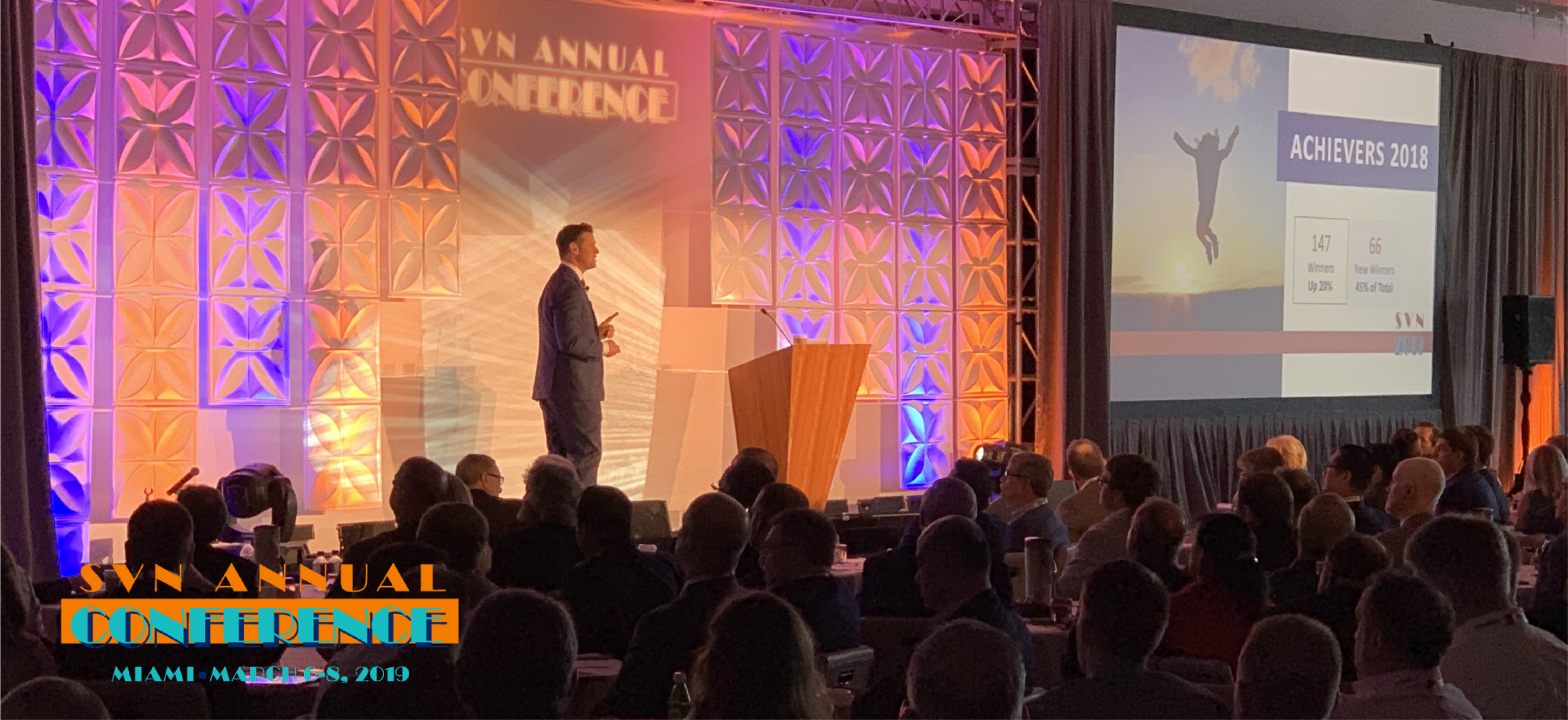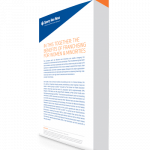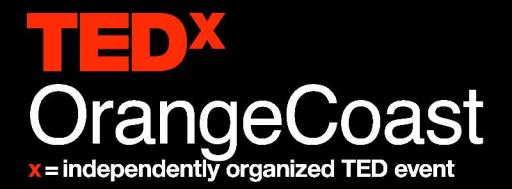Sperry Van Ness International Corporation (SVNIC) CEO Kevin Maggiacomo recently sat down with the Young Presidents’ Organization (YPO) to discuss why closing the gender gap is so important in commercial real estate and beyond. This is not a new charge for Maggiacomo and SVNIC who not only are founding members of 50/50 by 2020, an organization promoting gender balanced leadership, but also leaders by example after restructuring their executive management team to include more women.
Below find the full interview as it appeared in YPO.
_________________________________________________________________________
YPO New England Chapter member Kevin Maggiacomo is a man on a mission to create gender-balanced leadership in all organizations worldwide by the year 2020. He will be the first to tell you, however, that this is not exclusively his mission or his initiative.
He kicked off 50/50 by 2020, a grass roots, web-based movement which sprung out of a recent TEDx talk he delivered. It has evolved into an international conscious leadership in expanded areas, including Maggiacomo’s own company, Sperry Van Ness. He joined YPO in 2010.
 Q: What inspired you to create the 5050 By 2020 movement?
Q: What inspired you to create the 5050 By 2020 movement?
A: The movement came about after going from the unconscious to a more conscious way of thinking about leadership and its positive effects on business. Within our own organization, Sperry Van Ness (SVN), there existed a disproportionate number of women who were high performers, yet we weren’t bringing any intentionality to recruiting and developing women. There was a pool of talent not being fully tapped into.
Q: How did you incorporate gender balance at your company?
A: My wake-up call came during one of our SVN executive meetings in 2013. Looking around the conference table I saw that nearly all of our execs were white, male baby boomers. In that meeting we were creating our second wave growth plan, which demanded not only high innovation and creativity, but also healthy debate. I saw the polar opposite. Individual concerns were being set aside for fear of upsetting the group’s balance … sort of a “don’t criticize my ideas and I won’t challenge yours” dynamic. We weren’t getting the job done. This was groupthink at its worst.
It was caused by imbalanced perspective born of a gender-imbalanced executive team. The price was high and obvious. In that moment I recognized that bigger results would follow once I put in place a program which caused our leadership balance to shift.
In the 18 months that followed, we restructured our executive team which is actually now imbalanced at 60 percent women but hitting on all cylinders. We operate as a think tank for new ideas, we aren’t striving for harmony in our meetings, our profitability has increased by more than 100 percent and we’re trending positive across all key performance indicators.
To take things a step further, we restructured our statutory board this past April and it, too, is now gender balanced. Diversity and gender balance are the engines of innovation, and we’re doing everything in our power to ensure that this structure remains in place.
In doing this, we realized that this isn’t just good for our company, but for the world. We wanted to open up the thinking to everyone in order achieve a wider ripple effect, and 5050×2020 was born.
Q: Why do you think it’s important?
A: First, this isn’t solely about giving back or doing the right thing. The business case for gender balance is rock solid. Our company’s category results aside, in the United States, women hold about 14 percent of executive officer positions and 17 percent of board seats. However, research by Catalyst found Fortune 500 companies with the highest percentage of female corporate officers reported, on average, a 35.1 percent higher return on equity and a 34 percent higher return to shareholders than companies with the lowest percentages of female corporate officers. So this is about generating better results as much as anything.
Second, striving for gender balance — and diversity for that matter — is the right thing to do. In 1970, American women were paid 59 cents for every dollar their male counterparts made. In 2010, compensation for women rose to a mere 77 cents for every dollar men made. And if change continues at the same slow pace as it has for the past 40 plus years, it will take almost another 50 (until 2056) for women to finally reach pay parity. It’s important that we work to change that.
Q: What role do men play in gender diversity?
A: Men remain an often untapped resource for affecting gender balance. Men simply haveto play a role if we’re to affect meaningful change. There exists a preponderance of men in leadership positions who have the power to make these changes and position their businesses for better financial results. Yet, there aren’t enough male ambassadors for this change.
The gender balance issue, as I see it, has historically been framed as a women’s problem or burden, but it’s not. It’s a problem which affects all stakeholders. It represents an opportunity which, if properly harnessed, will create better leaders, better products and better results for all involved.
Men have to become gender-balance champions for change, and much of their work has to be pointed towards other men who aren’t yet fully on board with the opportunity.
Lastly, men cannot sit idly on the sidelines waiting for change. The change is coming, and those companies that don’t bring a level of intentionality towards affecting gender balance in their own organizations will be relegated to mediocrity at best or obsolescence at worst.
The Women’s YPO Network brings together nearly 1,000 male and female members dedicated to connecting and empowering female chief executives. Photo from the February 2014 WYN Board Boot Camp in Los Angeles.
 Q: What are the barriers? How realistic is 50/50 by 2020?
Q: What are the barriers? How realistic is 50/50 by 2020?
A: It’s naive to think that people will change in six years. However, if you look at past movements in history, meaningful change occurred because there was a vision, an appetite for disruption and a plan to set the course for long-term change. We’ve reached the tipping point where people recognize the need and value.
Not all men will support or even give the movement attention, but I hope those who see the value in having a diverse leadership team will embrace it. The benefits are obvious: It raises value and draws IQ from 100 percent of the population versus 50 percent (of just men). It’s just good for business.
Q: What do you think of some countries’ quotas for women leadership on boards?
A: Legislated gender quotas are controversial and punitive by design. That route is more of a “checkbox effort” where people are assigned positions because of their anatomical differences. Gender quotas in Scandinavian countries have yielded marked growth in the percentage of women on boards. That said, I’m not certain that these companies are better built given their mandated path to gender balance.
I’m a proponent of the free market affecting change through awareness and a better understanding of the powerful business case for gender balance. Show CEOs the money, and action will follow. I’m a firm believer in that.
Q: What can YPO members — male and female — do?
A: Evangelize. Talk about the opportunities which gender balance will create. Discuss the movement inside and outside of your organization, and help people — through all ranks of employment — see that the change will yield a competitive advantage. Talk about the movement in forum. Focus the conversation more on the benefits as opposed to it being a noble cause. Call it conscious capitalism or growing business at a faster rate while simultaneously elevating humanity … but focus on the fact that gender balance is simply good for business.






 In case you missed the July issue of
In case you missed the July issue of  Many of you are reading this and thinking that this isn’t a challenge. After all, you talk to 10, 20, 30 people every day, right? As I write this, it isn’t even
Many of you are reading this and thinking that this isn’t a challenge. After all, you talk to 10, 20, 30 people every day, right? As I write this, it isn’t even 



 To better reflect the company we are today, we are undergoing a meaningful and powerful change to our brand: Sperry Van Ness® has proudly become SVN®.
To better reflect the company we are today, we are undergoing a meaningful and powerful change to our brand: Sperry Van Ness® has proudly become SVN®. The global economy has encountered powerful headwinds in recent months, buffeted by a wide-ranging onslaught of fiscal and geopolitical challenges. Drags on growth have extended from a near-collapse in Chinese stock markets to the question of a Greek exit from the Eurozone to recessions as far away as Russia and as near as Canada. The United States is hardly immune to these strains on stability and the American stock markets have been prone lately to exaggerated swings. This is reflective of investors’ rapidly changing assessments of the global outlook and its implications for macroeconomic trends at home.
The global economy has encountered powerful headwinds in recent months, buffeted by a wide-ranging onslaught of fiscal and geopolitical challenges. Drags on growth have extended from a near-collapse in Chinese stock markets to the question of a Greek exit from the Eurozone to recessions as far away as Russia and as near as Canada. The United States is hardly immune to these strains on stability and the American stock markets have been prone lately to exaggerated swings. This is reflective of investors’ rapidly changing assessments of the global outlook and its implications for macroeconomic trends at home. The fundamentals performance of real estate and its attractiveness to investors are both tied intrinsically to the health of the recovering American economy and the jobs market in particular. The momentum behind recent job gains in the United States is largely independent of the disruptive forces at work in global capital markets. And there is room for further improvement – a leading indicator of employment trends, there are more job openings in the United States today than we have ever seen. Heading into the Fall, the Bureau of Labor Statistics reports there are a record-high 5.8 million jobs now available.
The fundamentals performance of real estate and its attractiveness to investors are both tied intrinsically to the health of the recovering American economy and the jobs market in particular. The momentum behind recent job gains in the United States is largely independent of the disruptive forces at work in global capital markets. And there is room for further improvement – a leading indicator of employment trends, there are more job openings in the United States today than we have ever seen. Heading into the Fall, the Bureau of Labor Statistics reports there are a record-high 5.8 million jobs now available.



 Q: What inspired you to create the 5050 By 2020 movement?
Q: What inspired you to create the 5050 By 2020 movement?













